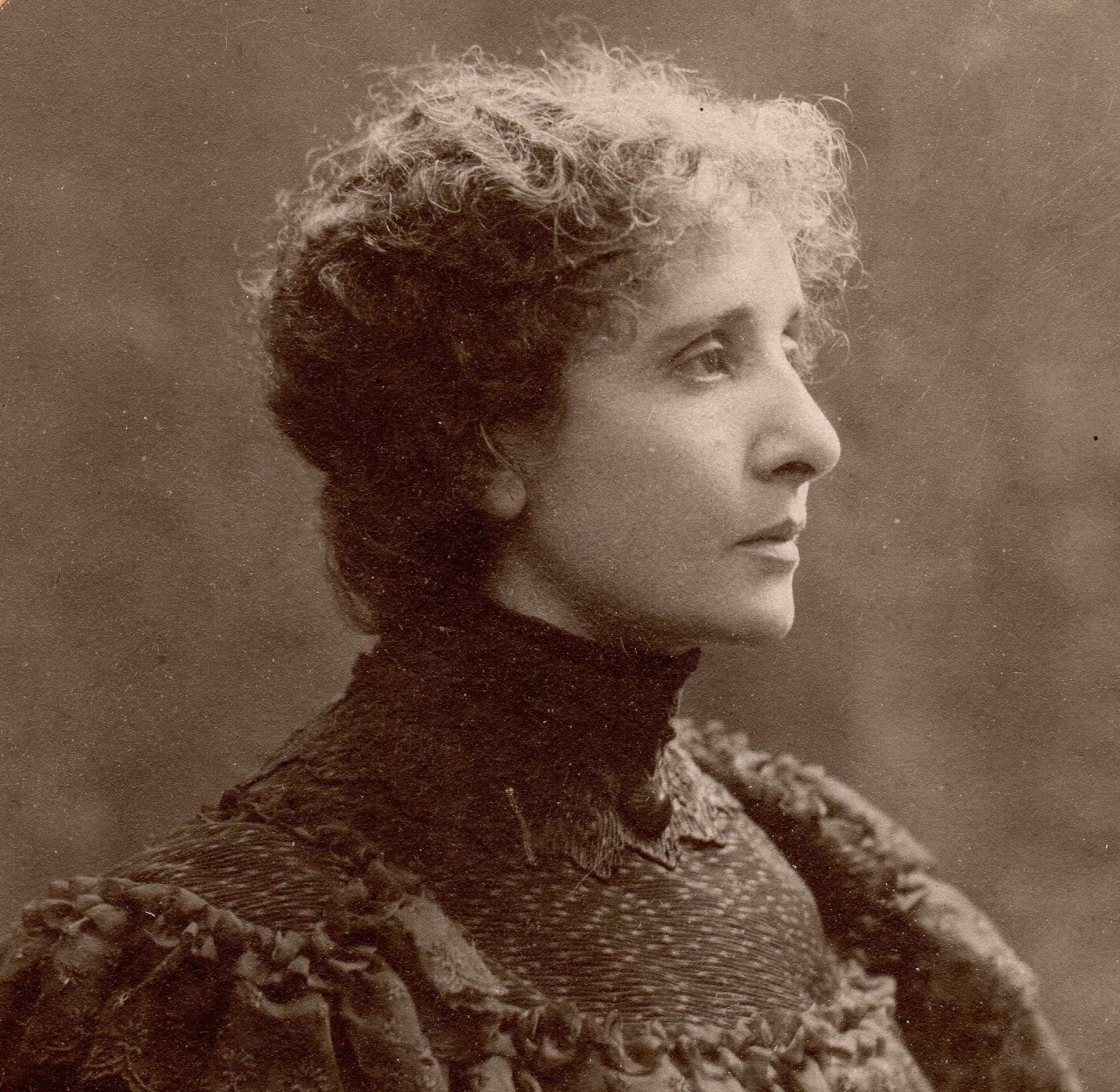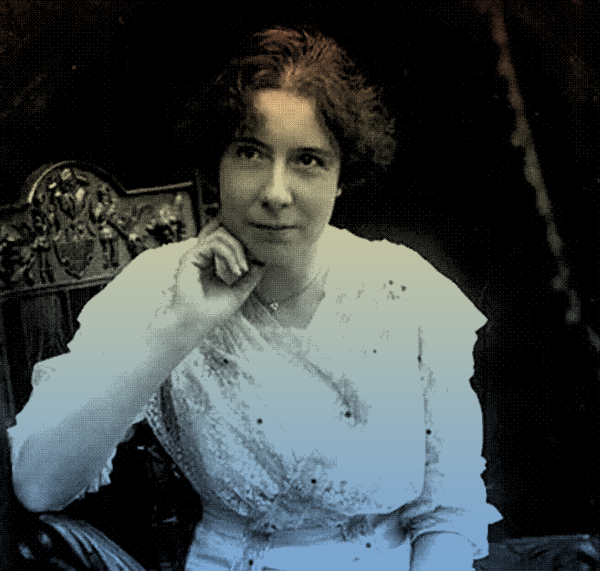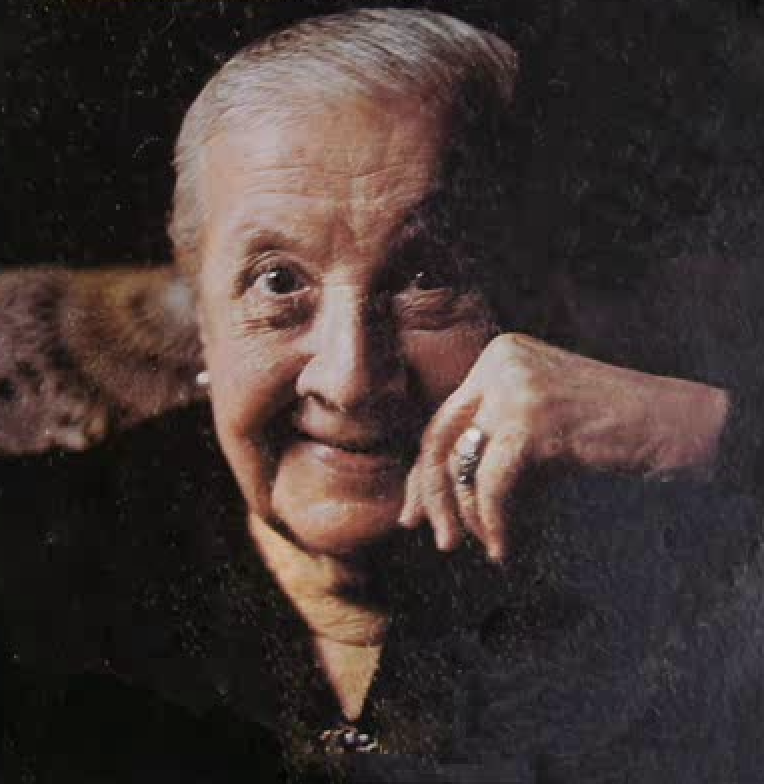Mélanie Bonis’s life story is one of perseverance and talent overcoming all manner of obstacles. She grew up in a middle-class home with parents who did not support her musical ambitions—she taught herself piano until she was twelve and was only allowed to take music lessons after a professor at the Paris Conservatoire urged her parents to provide her with some training. At sixteen Bonis starting composing and a year later was invited by the famous composer César Franck to enroll at the Conservatoire (where she studied alongside Debussy). Her time there, however, was short-lived. Her parents withdrew her from the school, in part because she had become enamored with a fellow student named Amédée Hettich, a singer, poet, and music critic who, in their eyes, represented the “dangerous” artistic world into which their daughter was being drawn. They forced her into an arranged marriage with a widower twenty-five years her senior, with five boys and little interest in music. Bonis maintained their home and raised his five children, as well as three more that she had with him. (She gave birth to another child as well, a daughter named Madeleine who was the product of an affair with Hettich. Madeleine was put into the care of foster parents and had little contact with her mother, but after the death of Bonis’s husband the two reunited.)
Through all of these trials, Bonis persisted in writing music. Encouraged by Hettich and other friends, she began composing regularly in about 1894, using the gender-neutral pseudonym Mel Bonis, and continued writing music through the late 1920s, until her death in 1937, at the age of 79. Toward the end of her life, in 1933, she described her path to composition: “Much limited in my young days by family obligations, although always haunted by musical composition, I could only start working late in life and thus, despite my age, I am not a very old composer.” In spite of this “late” start, Bonis wrote over 300 compositions, including about 150 works for solo piano, twenty pieces of chamber music, thirty works for organ, eleven orchestral works, and forty songs.
Her musical style blends post-Romanticism and Impressionism; it is tonal but at the same time suffused with chromaticism, sometimes even veering into realms of atonality (whole-tone and octatonic passages appear occasionally—always, however, framed by passages of functional harmony). Bonis shows a particular gift for lyrical melodies, rich and idiomatic piano textures, and fluid modulations to distant keys—as you can hear below in “Élève-toi, mon âme,” with its supple shifts from G-flat major to the remote keys of D major and G major. Having fallen into obscurity for over 150 years, her compositions are now finally being performed and written about as never before—yet even more work is needed to illuminate the music of this singular composer from fin-de-siècle France.
Additional Resources
- Mel Bonis website, maintained by Christine Géliot, Professor of Piano at the Conservatoire d’Asnières and great-granddaughter of Mel Bonis; the site contains a complete works list, as well as information about scores, books, and CDS related to her music.
- Géliot, Christine. Mel Bonis: Leben und Werk einer außergewöhnlichen Frau und Komponistin. Furore, 2015.
- Géliot, Christine. Mel Bonis: Femme et Compositeur (1858–1937). L’Harmattan, 2000.
- Géliot, Christine. “Compositions for voice by Mel Bonis, French woman composer, 1858–1937.” Journal of Singing 64/1 (2007).
- Jardin, Étienne, ed. Mel Bonis (1858-1937): Parcours d’une compositrice de la Belle Époque. Actes Sud, 2020.
- Rosenman, Rachel. “A Rosary Among the Roses: Tracing Pastoral Allusions and Spiritual Resonances in Chamber Music by Mel Bonis.” BA thesis, Wesleyan University, 2017. [includes analyses of two of Bonis’s songs, “Élégie sur le mode antique” and “Pourriez-vous pas me dire”]
- Mel Bonis: L’oeuvre vocale. Brigitte Balleys, mezzo-soprano; Valérie Gabail, soprano; Eric Cerantola, piano. Doron DRC 5026, 2006, compact disc.




